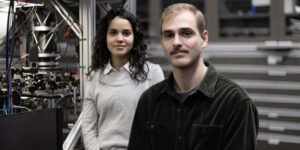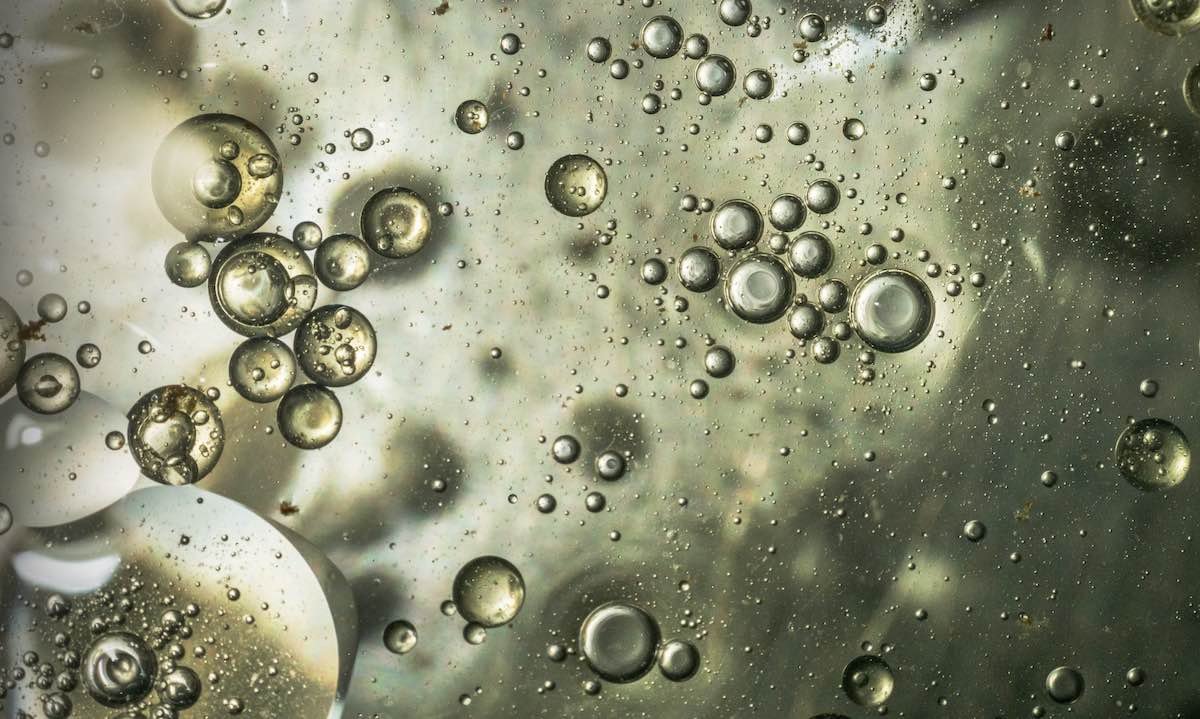Researchers tapping into the unique capabilities of quantum physics report they have successfully slowed down a simulated chemical reaction by as much as 100 billion times, according to new research.
The process was previously considered impossible, even with the world’s fastest computers. But thanks to one of the most powerful quantum computers currently available, the researchers were finally able to simulate an event considered too fast to observe.
Simulated Chemical Reaction Caused by Light Occurs at Extremely High Speeds
Human eyes operate at a juncture of physics and chemistry known as a conical intersection to perceive light. The same process is involved in photosynthesis and even solar power generation. Since the 1950s, scientists in chemistry and physics have theorized how this process actually works, but because it effectively takes place at light speed, no experiments could confirm those hypotheses.
“In nature, the whole process is over within femtoseconds,” explained Ph.D. student Olaya Agudelo from the University of Sydney School of Chemistry, where the breakthrough simulations took place. “That’s a billionth of a millionth – or one quadrillionth – of a second.”
Now, Agudelo and the rest of the Sydney research team say they have tapped into the unique abilities of a functioning quantum computer, allowing them to effectively slow down time in their simulated chemical reaction experiments enough to get the first-ever look at a conical intersection as it happens.
Conical Intersection Simulation Is A True Analog and Not an Estimate
In their published work, which appears in the journal Nature Chemistry, the researchers behind this time-bending feat took advantage of the fact that their university has an actual working quantum computer in the Quantum Control Laboratory of Professor Michael Biercuk.
“It is tremendous that at the University of Sydney, we have access to the country’s best programmable quantum computer to conduct these experiments,” said the team leader and study’s co-author, Associate Professor Ivan Kassal from the School of Chemistry and the University of Sydney Nano Institute.
According to the press release, the team used the trapped-ion quantum computer in a whole new way. This approach, they explain, “allowed them to design and map this very complicated problem onto a relatively small quantum device – and then slow the process down by a factor of 100 billion.”
As a result, the simulated chemical reaction of the conical interaction of a single atom was slowed to a time scale that allowed for measurements and observations previously unattainable with traditional computers.
“Using our quantum computer, we built a system that allowed us to slow down the chemical dynamics from femtoseconds to milliseconds,” Agudelo explained. “This allowed us to make meaningful observations and measurements.”
“This has never been done before,” she added.
The study’s joint lead author, Dr. Christophe Valahu from the School of Physics, echoed this sentiment, noting that “Until now, we have been unable to directly observe the dynamics of ‘geometric phase’; it happens too fast to probe experimentally. Using quantum technologies, we have addressed this problem.”
Significantly, Dr. Valahu also pointed out that their simulated chemical reaction is not a guess.
“Our experiment wasn’t a digital approximation of the process – this was a direct analogue observation of the quantum dynamics unfolding at a speed we could observe,” he said.


Simulated Chemical Reaction Data Could Aid a Number of High Tech Industries
The University’s release pointed out that the research was a joint effort by chemistry and physics professionals, something the researchers involved saw as a welcome change.
“This is a fantastic collaboration between chemistry theorists and experimental quantum physicists,” said study co-author Dr. Ting Rei Tan. “We are using a new approach in physics to tackle a long-standing problem in chemistry.”
The researchers behind the time-altering simulated chemical reaction also say that their work could offer a valuable new tool to engineers working in a wide range of disciplines where conical interactions occur.
“It is by understanding these basic processes inside and between molecules that we can open up a new world of possibilities in materials science, drug design, or solar energy harvesting,” said Agudelo. “It could also help improve other processes that rely on molecules interacting with light, such as how smog is created or how the ozone layer is damaged.”
Christopher Plain is a Science Fiction and Fantasy novelist and Head Science Writer at The Debrief. Follow and connect with him on X, learn about his books at plainfiction.com, or email him directly at christopher@thedebrief.org.

